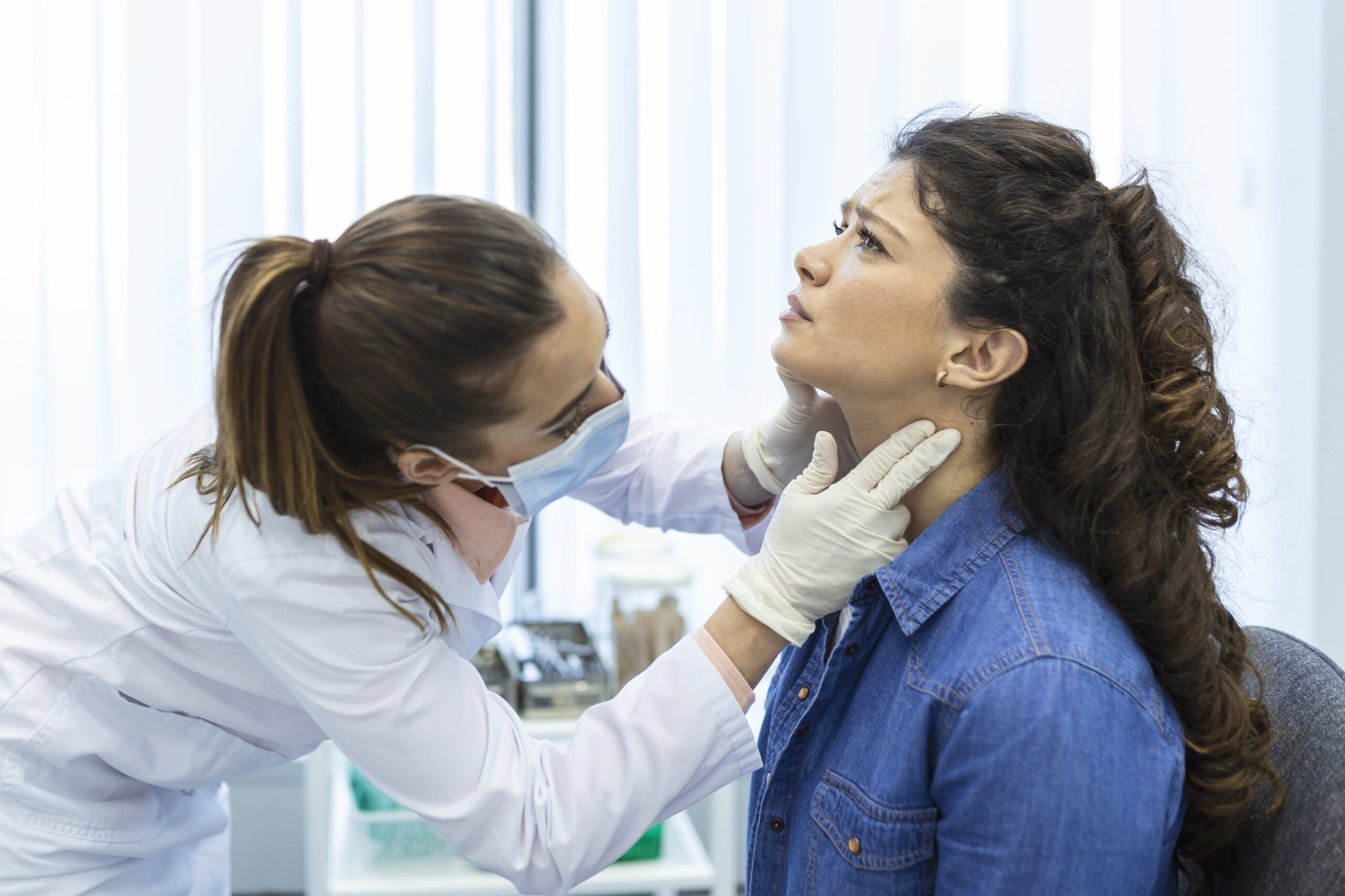When it comes to thyroid surgery, the position in which a patient is placed plays a critical role in the success of the procedure. Known as the thyroid surgery position, this careful arrangement helps the surgeon get the best access to the thyroid gland while keeping the patient safe and comfortable.
In this blog, we’ll dive into why the positioning during thyroid surgery matters so much, what the standard setup involves, and how top surgical teams—like those at Lifeline Hospital in Adoor, one of the best general surgery hospitals in Kerala—get it right every time. Whether you’re gearing up for surgery or just curious, this guide breaks it all down in easy-to-understand terms.
What Is the Thyroid Surgery Position?
The thyroid surgery position refers to how a patient is positioned on the operating table during thyroid gland surgery. It might sound simple, but this setup is crucial. A proper position ensures:
- Clear access to the thyroid area
- Reduced risk of complications
- Comfort and stability during the operation
- Better visibility for the surgeon
Most thyroid surgeries use a technique called the supine position with neck extension. This means the patient lies flat on their back, and the neck is gently stretched backward using a small support or cushion under the shoulders.
Why the Position Matters in Thyroid Surgery
The thyroid gland is located at the front of the neck, near many important structures like nerves, blood vessels, and the windpipe. A small mistake can lead to complications. That’s why positioning the patient correctly is vital—it helps surgeons:
- See the thyroid gland clearly
- Avoid nearby nerves like the recurrent laryngeal nerve
- Control bleeding better
- Perform the procedure faster and more safely
Even a few degrees of tilt or height can change how easy or hard the surgery becomes. That’s why surgical teams take their time to get the thyroid surgery position just right before starting.
Steps Involved in Getting the Right Position
Here’s how doctors typically achieve the ideal thyroid surgery position:
- Patient lies on their back (supine).
- A foam pad or rolled towel is placed under the shoulders to elevate the chest.
- The head is gently tilted backward, sometimes using a head ring for support.
- Arms are tucked safely at the sides, often padded for comfort.
- Straps are used carefully to prevent movement during the operation.
Surgeons check and double-check everything before the first incision. This setup helps keep the airway clear and gives the surgical team the space they need to operate efficiently.
Safety Measures in Positioning
A lot of thought goes into ensuring that the thyroid surgery position is both effective and safe. Some key safety practices include:
- Padding pressure points to avoid injury to the back or limbs
- Protecting the eyes and face from any pressure or contact
- Maintaining neutral limb positions to prevent nerve damage
- Continuous monitoring of vital signs like blood pressure and oxygen
At Lifeline Hospital’sbest general surgery hospital in Kerala, the surgical team follows strict safety protocols to make sure patients are positioned correctly and comfortably every time.
Common Challenges with Thyroid Surgery Position
Although the position seems simple, it can be tricky in some patients. Factors like obesity, a short neck, previous neck injuries, or spine problems can make it harder to achieve the ideal setup. In such cases, surgeons may adjust the position slightly or use specialized equipment.
Some challenges include:
- Limited neck extension
- Discomfort in the back or shoulders
- Risk of nerve compression
- Difficulty maintaining the position during long surgeries
This is why experienced teams are essential—they know how to manage these situations safely.
Post-Surgery Recovery and the Role of Position
The thyroid surgery position doesn’t just affect the procedure—it also plays a role in recovery. Proper positioning can reduce:
- Neck pain after surgery
- Swelling in the throat area
- Breathing issues
- Blood flow problems
After the operation, patients are slowly brought back to a neutral position and monitored for comfort. Sometimes mild soreness in the neck or shoulders is expected, but this usually goes away in a day or two.
Why Choose a Skilled Surgical Team for Thyroid Surgery?
When undergoing thyroid surgery, you need a team that understands every detail—from diagnosis to recovery. The experts at Lifeline Hospital’s best general surgery hospital in Kerala are well-known for their experience and precision in thyroid surgeries.
Their team ensures:
- Correct positioning to avoid complications
- Use of the latest tools and techniques
- A comfortable and safe surgical environment
- Personalized post-operative care
Choosing the right hospital and surgical team makes a big difference in outcomes and recovery.
Conclusion
The thyroid surgery position might seem like a small detail, but it’s a critical part of a successful operation. It ensures that surgeons have a clear view, lowers the risk of complications, and keeps the patient safe and comfortable.
Understanding this part of the surgery can help you feel more prepared and confident. the best general surgery hospital in Kerala at Lifeline Hospital in adoor offers world-class thyroid surgical care with a focus on safety and precision.
FAQs
1. Is the thyroid surgery position painful?
No, patients are under anesthesia and feel no pain. Some may experience minor soreness afterward, which usually fades quickly.
2. How long do you stay in the thyroid surgery position?
Most thyroid surgeries last 1–3 hours, depending on the complexity. The position is maintained throughout the procedure.
3. Can improper positioning cause problems?
Yes, if not done correctly, it could lead to issues like nerve injury or neck strain. That’s why skilled teams are important.
4. Do all thyroid surgeries use the same position?
Mostly yes, but adjustments are made based on the patient’s body type or medical history.
5. How do I prepare for thyroid surgery?
Follow your doctor’s instructions, fast if required, and share any history of neck or spine issues so the team can position you properly.


